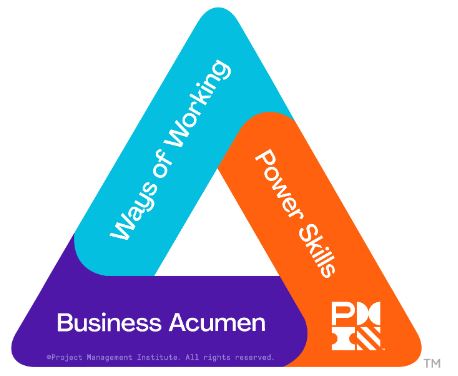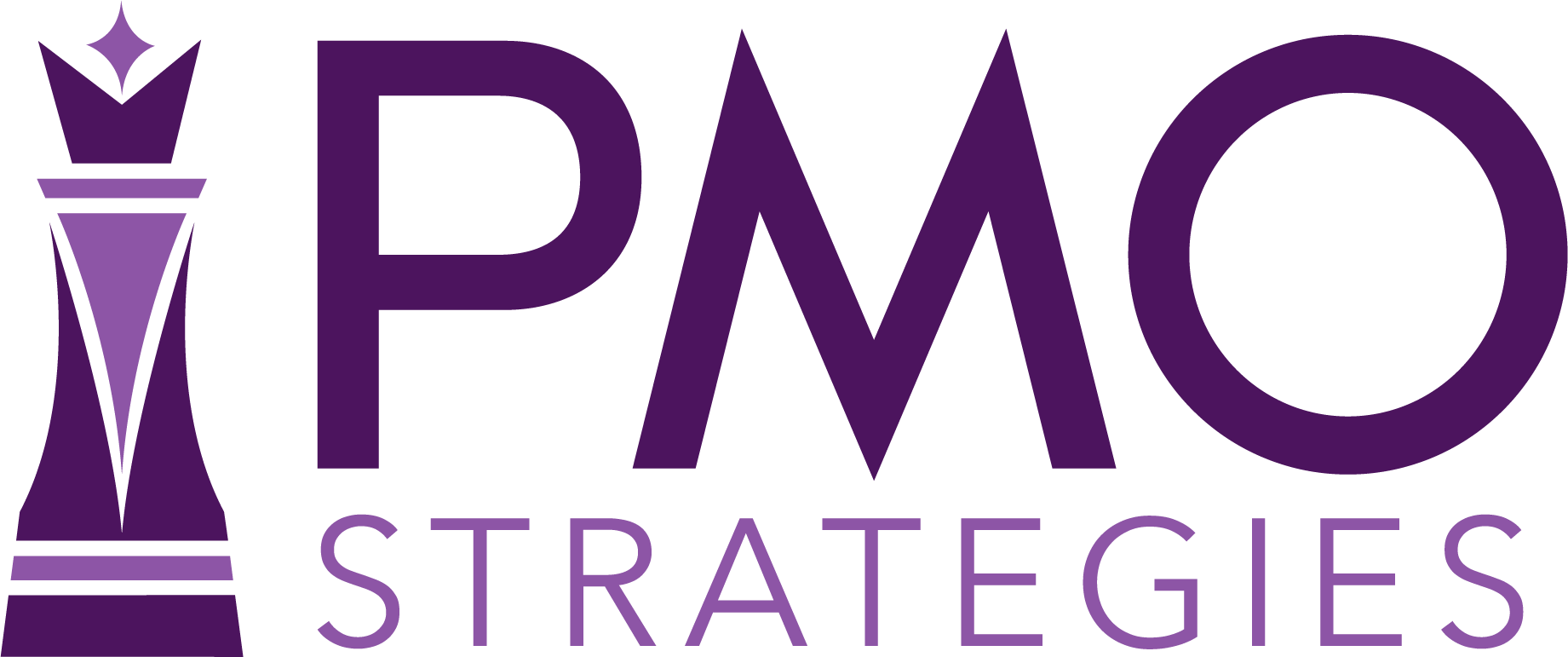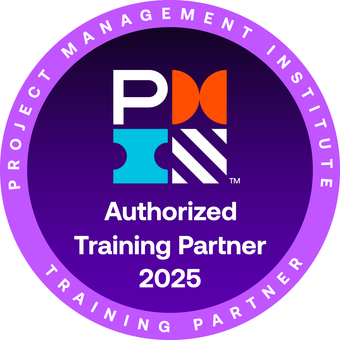In a world where project teams juggle multiple roles, deadlines, and evolving business needs, finding a leadership approach that truly connects with team members is essential. Enter Servant Leadership as a Service—an innovative leadership model that combines empathy, the platinum rule, and agile-inspired tools from software development to foster a people-centered approach. This concept, developed by Eric Ruder, Senior Project Manager at the American Marketing Association, treats team members as primary customers, addressing their individual needs to cultivate engagement, growth, and productivity.
The Origins of Servant Leadership as a Service
The idea of Servant Leadership as a Service stemmed from Eric’s work with tech leaders and developers who often struggle to find a leadership approach that resonates with both people-oriented and process-driven team members. Many leaders in tech are already familiar with user stories, agile cycles, and human-centered design. Eric’s insight was to apply these tools, not to software, but to people.
“Instead of writing a user story for software, you’re writing a user story for an employee facing a challenge,” Eric explains. This approach allows leaders to use familiar tools to support their team members’ growth, while also fostering a customer-service mindset focused on team members’ well-being.
Why the Platinum Rule is Essential to Servant Leadership as a Service
Central to this approach is the platinum rule: “Do unto others as they would like to have done unto them.” Unlike the golden rule, which assumes everyone’s preferences are the same, the platinum rule requires leaders to understand each team member’s unique needs and preferences.
A simple analogy Eric shares involves bringing coffee for the team. While well-intentioned, not everyone may drink coffee—some may prefer tea or water. By focusing on the platinum rule, leaders cater to individual needs, fostering a deeper connection with their team. This shift allows leaders to prioritize what team members need to feel supported and valued, rather than assuming a one-size-fits-all approach.
Key Tools and Benefits of Servant Leadership as a Service
Here are some practical methods for implementing Servant Leadership as a Service, along with their benefits:
- User Stories for Team Development
- Traditionally used in software development, user stories outline a feature or task without prescribing a solution, leaving space for creative problem-solving. Leaders can apply this concept to employees, documenting challenges or goals and encouraging team members to collaborate on solutions. This approach fosters autonomy and innovation within the team.
- Empathy Mapping for Insightful Understanding
- Empathy mapping, a staple in human-centered design, helps leaders understand the perspectives of their team members by asking questions such as:
- What are they seeing and hearing?
- What challenges are they experiencing?
- What are their professional and personal goals?
- This exercise builds a comprehensive view of team dynamics and motivations, fostering objectivity by treating everyone equally. For teams struggling with trust, anonymous empathy mapping can be particularly effective.
- Human-Centered Design for Leadership Iteration
- Human-centered design encourages an iterative approach to leadership, treating each interaction as an opportunity for improvement. Leaders can experiment with new engagement techniques, gather feedback, and adapt their strategies based on the results. This keeps leadership flexible and responsive to team needs, similar to a product development cycle.
- “What’s on Your Radar?” Exercise for Team Alignment
- This exercise allows team members to share their priorities in real-time, categorizing tasks as urgent, mid-term, or long-term. By centering the agenda on what’s important to each team member, leaders foster an inclusive environment that respects individual voices and minimizes unproductive meetings.
Real-World Impact: Eric Ruder’s Experience with Servant Leadership as a Service
Eric has seen firsthand the positive effects of Servant Leadership as a Service in his role at the American Marketing Association. When he first joined, the PMO faced resistance as teams were unsure of its role. By conducting empathy mapping sessions with each team, Eric was able to identify and address team-specific challenges, reducing conflict and optimizing processes to better align with team needs.
This approach transformed team dynamics, creating a more collaborative, productive work environment where processes supported rather than hindered team efforts. By tailoring PMO practices to the teams’ unique needs, Eric was able to foster a stronger sense of alignment and cooperation across departments.
Getting Started with Servant Leadership as a Service
Servant Leadership as a Service is as much a mindset as it is a set of tools. Here are three actionable steps to help you begin:
- Start with Empathy Mapping
- Conduct an empathy map to understand what your team members are experiencing, their challenges, and their motivations. This objective snapshot provides a foundation for more personalized support.
- Adopt a Humble, Curious Attitude
- Approach your team with humility and curiosity. Emphasize that they are the experts in their roles and that your goal is to support them, not dictate solutions. This attitude lays the groundwork for trust and open communication.
- Iterate and Adapt Continuously
- Like any agile process, leadership should evolve based on feedback. Regularly assess how your leadership approach is resonating with the team, and don’t be afraid to make adjustments.
Final Thoughts
Servant Leadership as a Service empowers project leaders to foster an environment where team members feel supported, valued, and motivated. By adapting human-centered design tools, such as empathy mapping and user stories, leaders can deepen their connection with team members, creating a work environment that aligns with individual and organizational goals. Whether you’re a seasoned project manager or a new leader, applying these principles can help transform your leadership style and drive meaningful results.
For those ready to explore further, start by asking yourself: How can I serve my team as they want to be served? By embracing this approach, you’re not just managing a team; you’re building a thriving, resilient workforce.

 hanks for taking the time to check out the podcast!
hanks for taking the time to check out the podcast!









